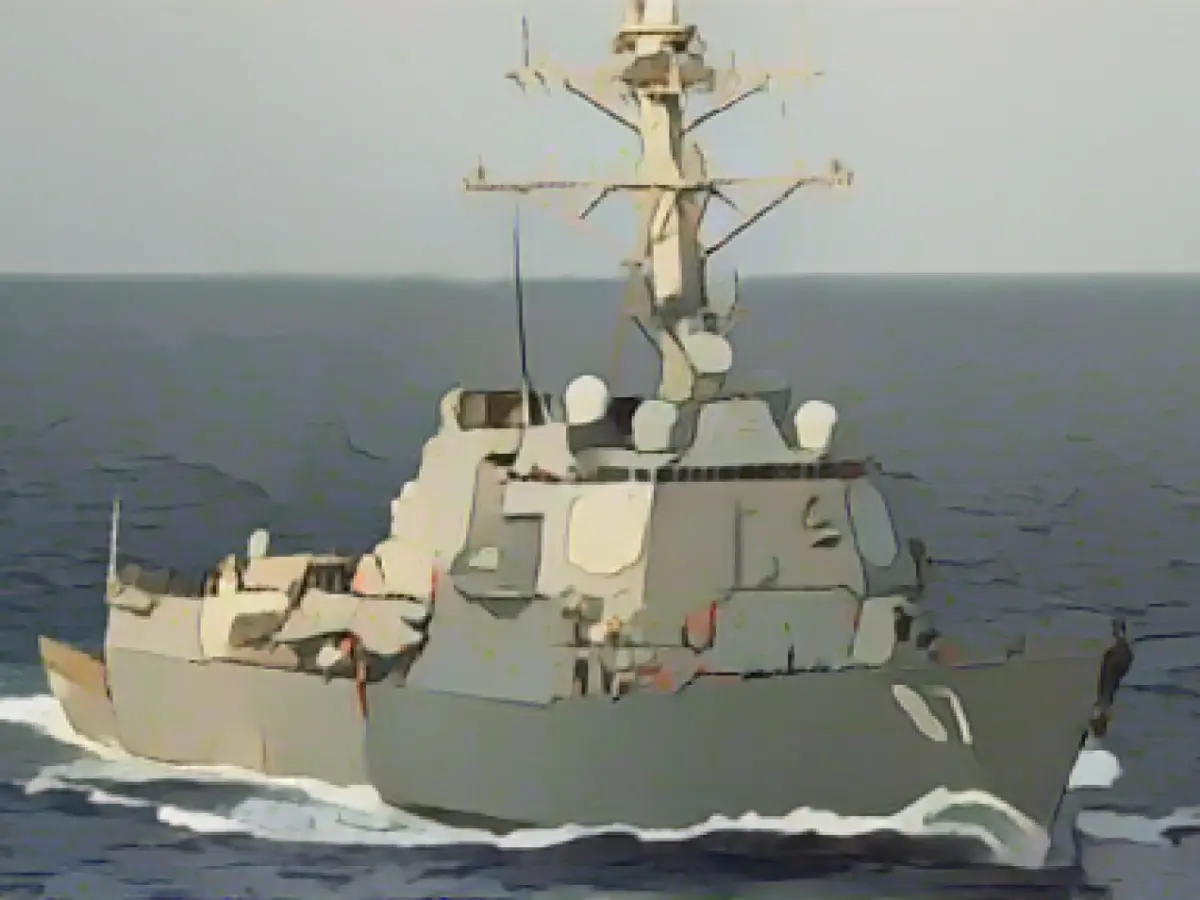Naval Alliances and Tanker Troubles in the Red Sea
The Houthi rebels, backed by Iran, have been up to no good again. Recently, they've been flexing their muscles with drones and missiles in the Red Sea, targeting Israel and shipping lanes. Their latest stunt? Firing a missile at a Norwegian tanker, christened the "Strinda," off the coast of Yemen. The tanker, in distress, called for help, and what arrived was the U.S. warship, "USS Mason."
This isn't the first time the Houthis have made waves, er, missiles, in the Red Sea. With tensions between Israel and Hamas running high, the Yemeni militia has been taking aim at Israel as well as attacking shipping in the region. In November 2023, they even went so far as to capture a freighter, the "Galaxy Leader," and its crew.
The Houthis have been pretty clear about their motives. On Saturday, they threatened more attacks on ships heading for Israel if humanitarian aid didn't reach the Gaza Strip. They see themselves as part of the Axis of Resistance, aimed squarely at Israel.
The Bab-al-Mandeb strait, the scene of the "Strinda's" misfortune, is a crucial shipping route between Djibouti and Yemen. It connects the Red Sea to the Gulf of Aden and eventually the Indian Ocean. You know, like a global trade superhighway for oil and other essential goods.
At the time of the attack, the "Strinda," a 144-meter long Norwegian tanker belonging to Mowinckel Chemical Tankers, was en route to the Suez Canal.
Meanwhile, rumors have been swirling that the U.S. is looking to form a naval alliance to protect shipping traffic in the Red Sea. Apparently, they've been holding talks with the German government about the possibility of deploying warships and seconding naval specialists.
But it's important to remember that this is all just talk at this point. Officially, the U.S. Army hasn't confirmed these reports, and tensions in the region remain high between various factions, including the Houthis and Israel.
The aftermath of the "Strinda's" misadventure is still being assessed, and it could add to concerns about security in the Red Sea and Gulf of Aden. Let's hope this is a wake-up call for everyone involved to work towards a more peaceful solution.
Further Reading:
Enrichment Data:
The ongoing conflict in the Red Sea and the persisting threats to regional security are important to consider in a broader context. Here are some key insights about the current situation and the efforts being made to safeguard shipping traffic in the Red Sea:
- Houthi Attacks and Resilience:
- Despite consistent airstrikes targeting their weapons stockpiles, the Houthis have developed a resilient strategy. They've dispersed their military assets across civilian infrastructure, remote locations, and hard-to-detect subterranean facilities.
- Naval Warfare Capabilities:
- The Houthis' naval warfare capabilities have grown in strength. They've started using unmanned explosive-laden boats and sea mines to disrupt shipping lanes and put naval forces operating in the region under threat.
- International Response:
- An international response to the increasing threat imposed by the Houthis has materialized with a series of naval and air strikes. Multinational naval patrols have also been established to deter further attacks and protect vital shipping lanes.
- Multilateral Efforts:
- The U.S. introduced Operation Prosperity Guardian, an international maritime coalition aimed at supporting freedom of navigation, with over 20 countries participating, including the UK. An independent European Union mission has also been launched to counter these threats effectively.
- UN Security Council Resolution:
- In January 2024, the UN Security Council passed Resolution 2722 (2024), condemning the Houthi attacks, demanding they cease, and emphasizing the right to freedom of navigation. Although China and Russia abstained, the resolution underscored the international community's concerns about the situation.
- Houthi Strategy and Domestic Challenges:
- The Houthis have made clear their intent to reduce indiscriminate strikes on shipping, but regional tensions and domestic vulnerabilities remain. Their ability to maintain internal unity and exploit regional dynamics could lead to further escalations in the Red Sea region.
- Future Threats and Regional Dynamics:
- Despite the ceasefire in Gaza, the Houthis are likely to continue pressuring Israel and other countries in the region. Their growing influence in Yemen could act as a catalyst for further escalations, making it crucial for global powers to engage in diplomatic efforts to de-escalate tensions and guarantee safe maritime passage.








